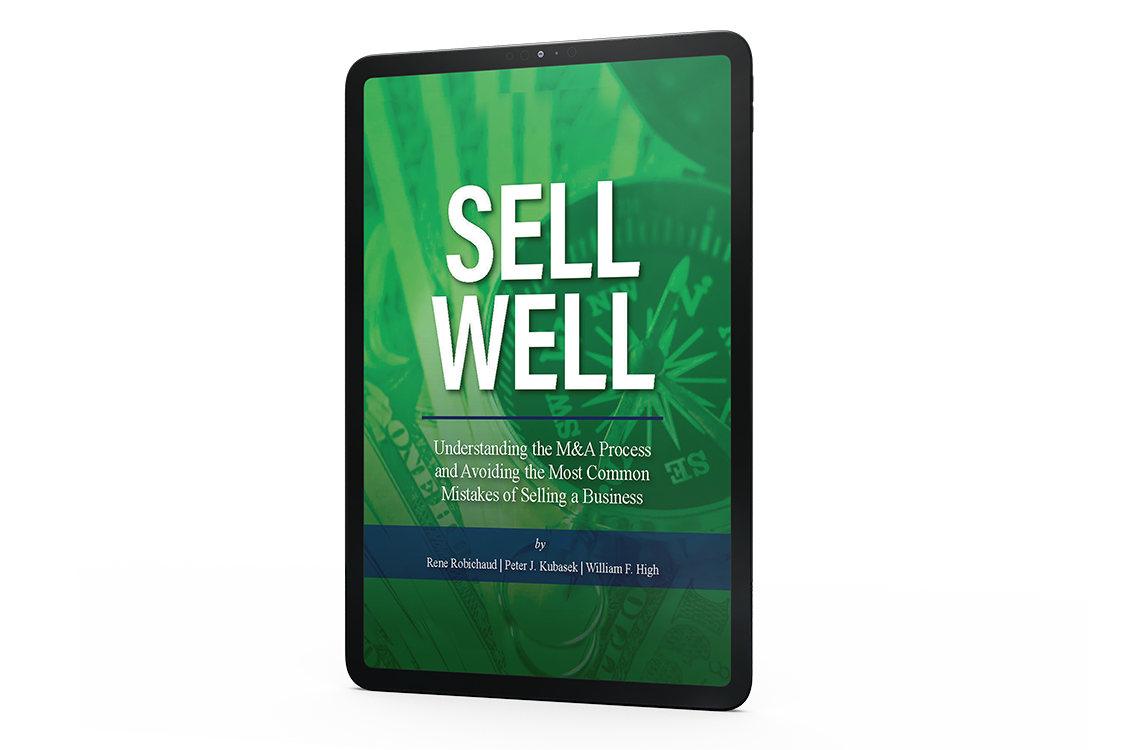ArkMalibu Industry Snapshots
We invite you to read our M&A analysis and access the Market Monitor links below where you may download detailed reports (below) containing M&A trends and data from 17 industries. Please feel free to contact us at 513-583-5413 to discuss how the information presented in each report relates to your business and its own unique set of value drivers.
COVID-19: The Winding Path to Economic Recovery
The second quarter of 2020 saw a trough in one of the most remarkable economic slowdowns in history. At its low point, unemployment topped 14.7%, a level surpassed only by the great depression. Small business bankruptcies spiked 40% compared to Q2 2019, and were especially common in the hardest hit sectors related to restaurants, hospitality, and travel.
However, the latter part of the quarter saw the economic recovery begin. Approximately 4.8 million net jobs were added in Q2 as furloughed employees returned to their previous positions, reducing the unemployment level to approximately 75% of its COVID peak in just under 2 months. Government stimulus packages for small businesses and consumers appeared to curb a significant number of bankruptcies and loan defaults for the time being, stabilizing the country’s economy and ballooning government debt levels by a historic $7 trillion to $26.5 trillion in total (or $20.6 trillion net of intragovernmental holdings).
States eager to open their economies did so, in many cases using tiered systems to enable real time, risk-based responses to COVID outbreaks. At time of writing, an extension of the first wave has begun to sweep across the country, a reminder that the recovery will likely continue in an inconsistent fashion, filled with peaks and valleys that trend upward over time as the world makes progress on therapeutics, vaccines, and eventually, herd immunity.
The M&A market has responded in a way not dissimilar to the aforementioned aspects of the US economy. The months of April and May saw a significant decline in number of M&A transactions as banks became more stringent in lending decisions and acquirors focused on righting their existing businesses. However in June, the veil of coronavirus uncertainty slowly began to lift, and M&A activity has become more robust.
U.S. & Canada M&A Overview
Disclosed M&A volume continues to lag behind prior year numbers in the aggregate, with Q1 and Q2 2020 yielding 13.7% fewer transactions than the first two quarters of 2019. In addition, median deal pricing in the first half of 2020 fell to 10.0x EBITDA, down from 12.0x during the same period in 2019 and 11.3x during 2018.
However, when we look at the month-by-month story, the trend of shrinking numbers of M&A transactions appears to be reversing course. April saw a 33% reduction in month-by-month closed deals, and represented the third consecutive month of negative growth in volume. May and June tell a different story – both months saw positive growth for the first time since January, with June volume up 30% from April lows. We believe deal closures will continue to accelerate in a manner loosely correlated to the broader economic recovery, and expect the second half of 2020 to show increased activity due to pent-up acquiror demand for inorganic growth opportunities that align with business strategies adjusted for a post-COVID world.
Deal pricing is also returning to peak numbers in stronger industry sectors. In seven of ten core sector categories, average EBITDA multiples for May and June 2020 are within 10% or have surpassed May and June 2019 levels. Those sectors that have seen increased business activity due to the COVID-19 outbreak, such as direct-to-consumer, healthcare, and information technology, represented a disproportionate percentage of M&A deal value in Q2 2020, accounting for 48% of total value YTD versus 29% in 2019. The energy sector, which saw a historic collapse in both supply and demand, represented just 3% of M&A deal value versus 17% in 2019.
U.S. Equity Market Overview
Following one of the fastest and deepest stock market collapses in history during Q1 2020, the three main US equity indices experienced their best quarters since 1998. The Nasdaq Composite, S&P 500, and Dow Jones Industrial Average (DJIA) ended up 28%, 18% and 17% for the second quarter, respectively. As of July 21, 2020, the S&P 500 is flat for the year and only 3.5% off of record highs, and the DJIA is down 6.6% for the year and just 8.7% off of record highs. The Nasdaq Composite, a technology overweight index, experienced positive gains, ending Q2 up 9% YTD. Since then, it has set new record highs, highlighting the important role that technology is playing in the economy. Considering that Q1 2020 saw index prices fall anywhere from 30% to 37% from recent highs, the Q2 stock market recovery has been almost as remarkable in speed and impact as the collapse that preceded it.
ArkMalibu Approach
Our team at ArkMalibu is proud of our conflict-free business model, M&A expertise and value-added processes, which continue to deliver results that far exceed the expectations of our clients, the one-time sellers. We would be delighted to listen and then help you navigate the M&A market in achieving your goals.


